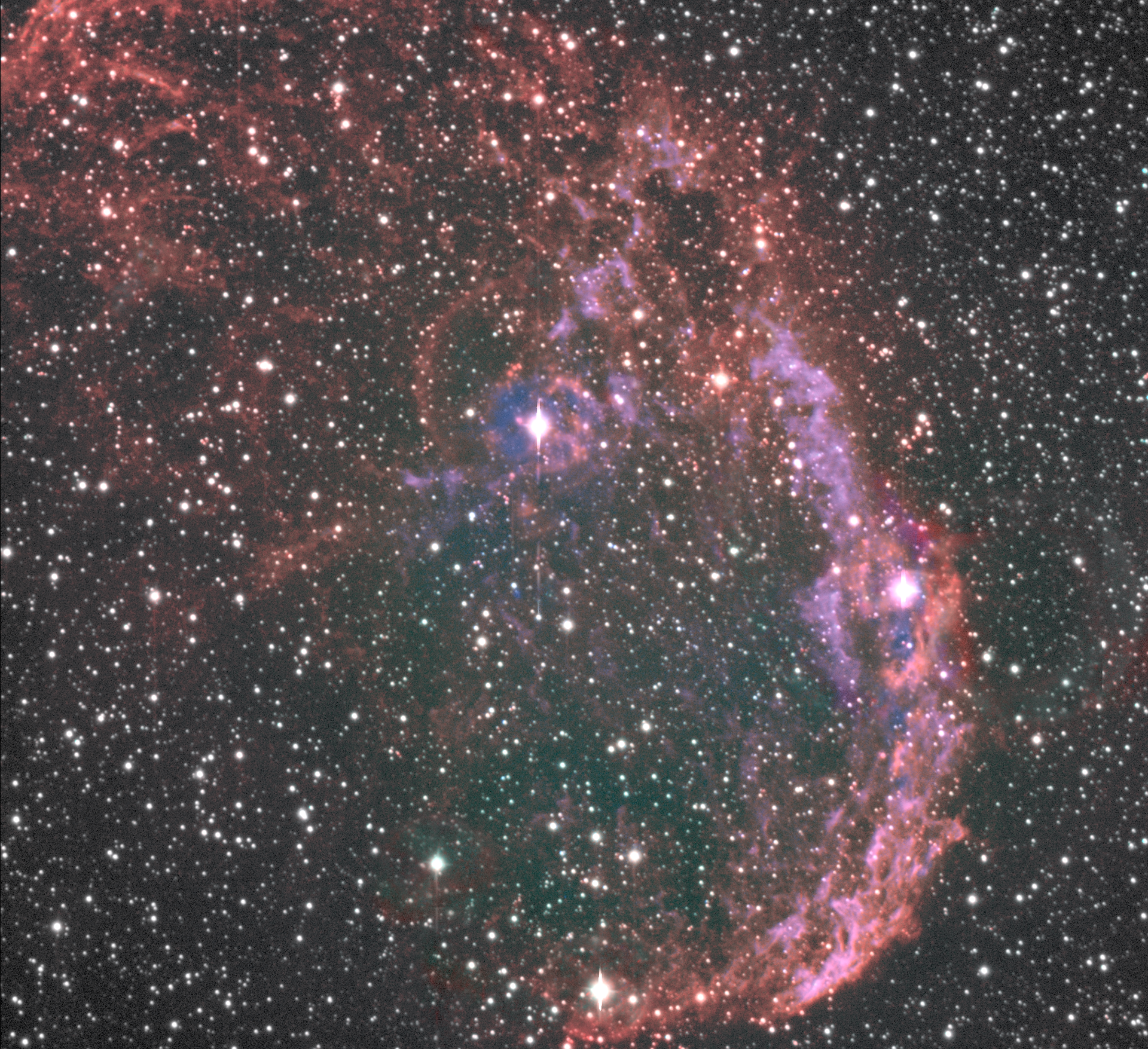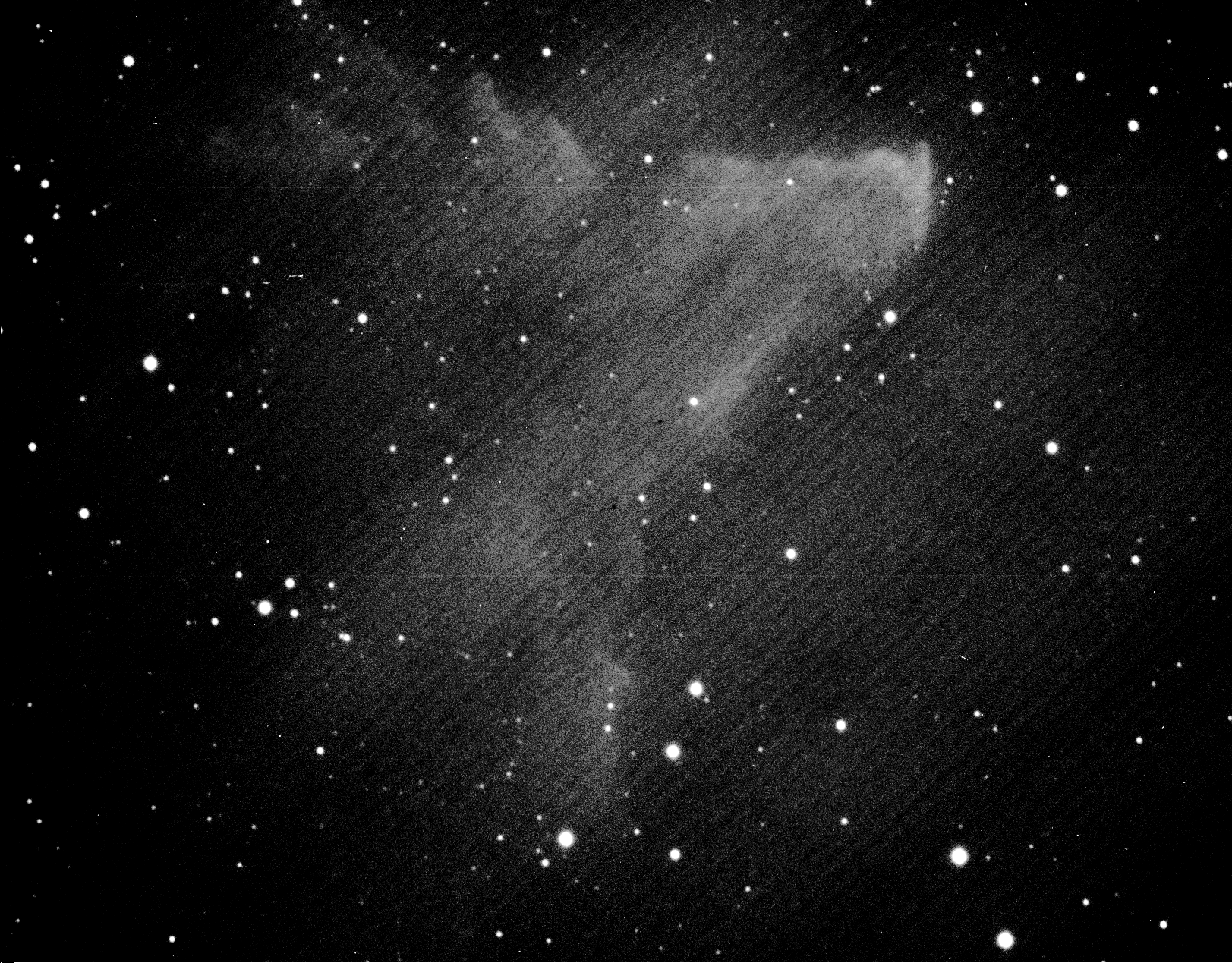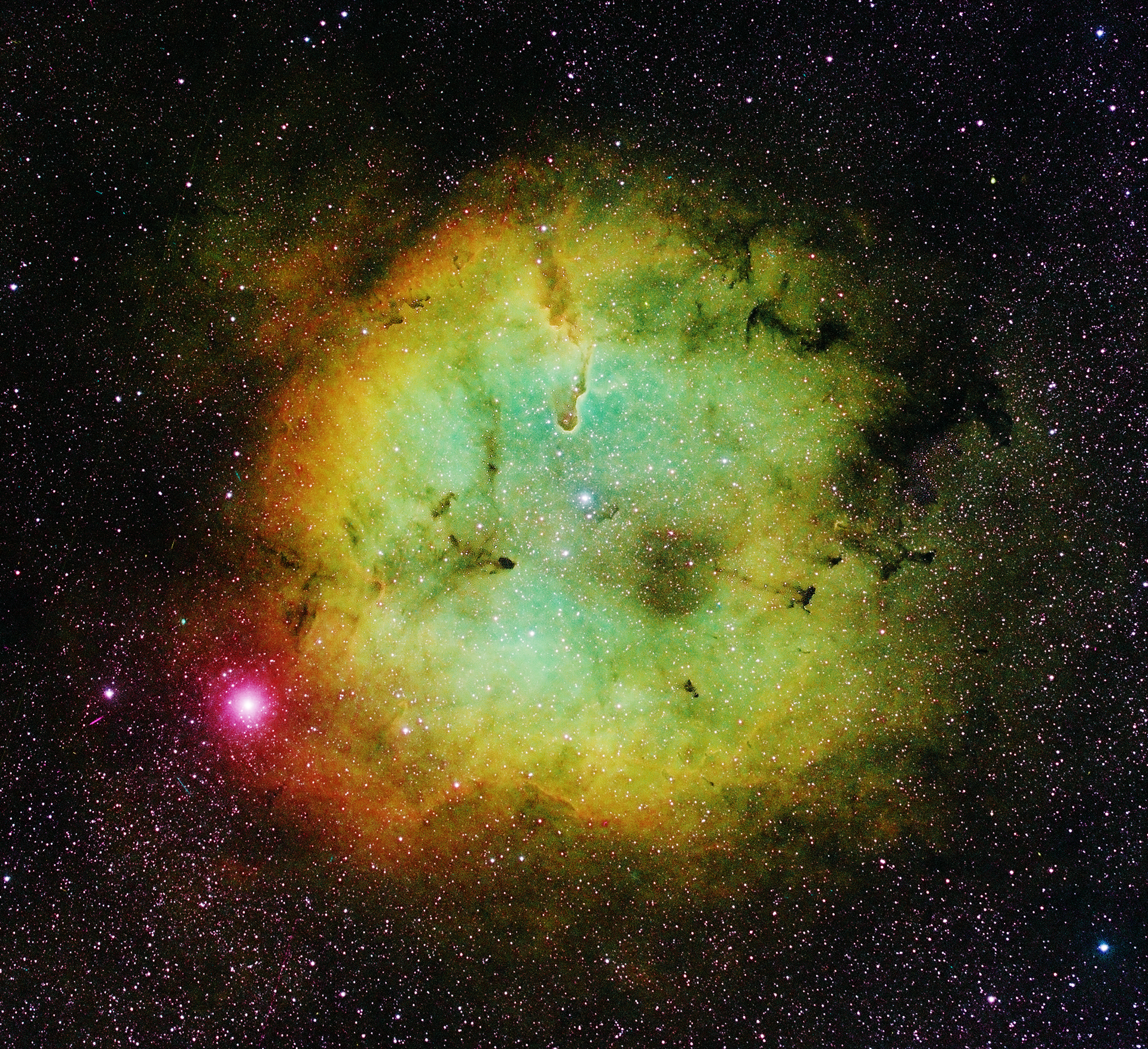The main Planewave telescope used by our facility, with a focal length of 3900 mm
The Palomar Research Telescope was a project started by CalTech and MIT for a ground-based IR camera designed to capture and confirm planetary transits and kilonovae observations. It was originally tested over the course of the summer of 2021 by myself and two other MIT undergrads. In this time we worked on web development to create a Graphic User Interface.
A diagram illustrating the original layout and features needed for SUMMER (our first camera).
Using PyQT5, we were able to build a final version of the GUI, which incorporated lots of features we would later use to run tests of the telescope overnight during the summer.
I also worked individually to use the Source Extractor Package (SExtractor) to fine focus both the main and guide camera for the telescope. I wrote an adjustment protocol to take a series of images to properly collimate the telescope. I ran a nightly routine of testing the collimation algorithm, which would take a test image, measure the radius of a star in the field, move the camera by 20-30 microns, and then take another image. It would collect the star radii (Full-width, half maximum or FWHM) and create a graph, setting the camera to the position of the smallest star radii.
Sample image showing distance between two mirrors on the x-axis and FWHM on the y-axis.
Above is one of the first tests of these runs, using a best fit curve with four data points to find the optimum position for the mirrors. A more refined version of the project, after finding an accurate position for an evening at 60 ℃ (position depends on temperature of the glass) a more refined version of the results are seen below.
At the extremes when the image went out of focus, you can see visible halos forming. However, closer to the focus position, there is a challenge visibly discerning the most sharp images, which is why the algorithm was necessary for the project to become fully autonomous. The telescope itself is now fully robotic and confirms TESS transits via generated an automatic schedule (something discussed in another article I worked on).
A set of images 50 micron apart
Using this telescope I was able to capture some fantastic images! Here are some composites that I've put together using my basic astrophotography editing skills.

NGC 6888, The Crescent Nebula

M101, The Pinwheel

IC 63, The Ghost Nebula
